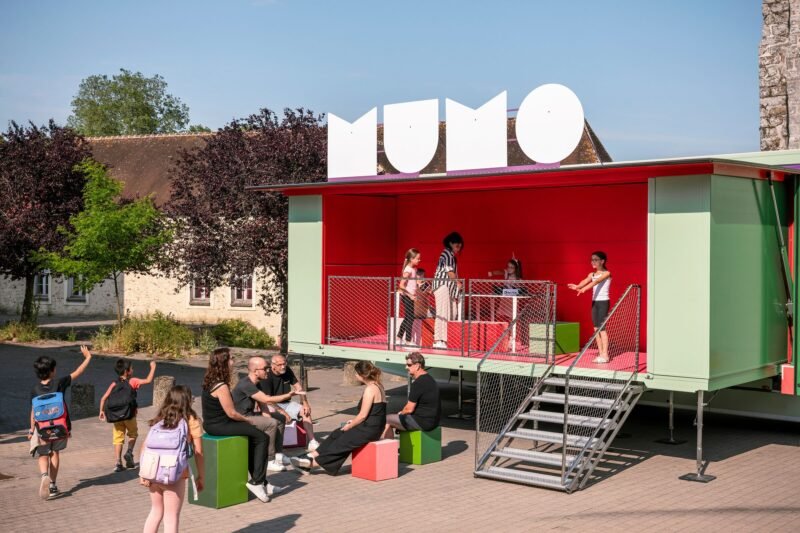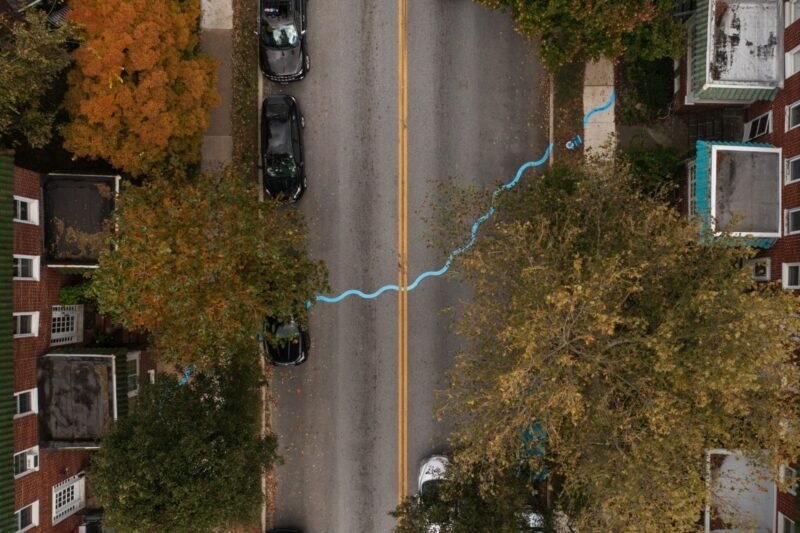Art On The Loose
London is full of urban street art and installations, from Banksy’s graffiti prints to Gormley’s mysterious statues. However it is not just contemporary artists who use the city as their canvas, as the National Gallery showed when they set their permanent collection free on the streets of London.
In 2007 London’s National Gallery teamed up with creative agency The Partners to promote the gallery’s permanent collection of over 2,300 paintings. How do you get people to come indoors on a sunny day and see the art inside the gallery? Design experts The Partners turned the brief on its head, and instead brought the paintings outside to people on the street.

For 12 weeks during the summer, life-size high quality replicas of 45 of the National Gallery’s most famous paintings were hung about the streets of London. Complete with ornate frames and helpful information plaques as you find alongside the real artworks, for three months the city itself became a giant art gallery.
The range of different locations occupied by the paintings allowed people to stumble upon, but also search for the art. Van Gogh’s ‘Sunflowers’ was placed outside a café on Frith Street, Rousseau’s ‘Tiger in a Tropical Storm’ was hidden on Shaftsbury Avenue, and Caravaggio’s ‘Salome Receives the Head of John the Baptist’ could be found next to a sex shop in Soho. As well as allowing people to explore the city through its artistic treasures, the National Gallery organised the collection into mini-tours, covering shorter distances and grouped by different themes.



If you had the time to find all 45 paintings in one day you could take part in the Grand Tour, but otherwise the paintings were subdivided into smaller groups. ‘The Lovers’ Tour’ took you across the city on a trail of paintings themed on love and romance, while various ‘Lunchtime Tours’ were designed to fit in with the hour-long breaks of workers in the city. By taking busy office workers around their own buildings, the tour made them reconsider the artworks as well as their own city. Placing the paintings in a different context, viewers were able to interact with the art in a new way, with the whole experience being deliberately more modern and interactive.
Each tour was supplemented by a downloadable interactive map as well as audio guides, downloadable from the gallery’s website. By making visitors get out onto the streets and search for the paintings themselves, the gallery aimed to encourage Londoners and tourists alike to engage with the collection. Over 28,000 tour maps were picked up from the gallery itself, and another 24,000 were downloaded free from the website. Each site in the city was specially selected to enhance the painting, and gallery workers found that in general people stayed longer looking at each painting when it was isolated or in an unusual location.

“Rather than trying to bring an audience to the Gallery, we decided to take the Gallery to the people” say The Partners. In a city in which every major museum and gallery is free to the public, this was a way of demonstrating that the country’s historic collection of art really is the people’s art. Accessibility to art and culture could not be better demonstrated than by placing some of the greatest paintings in the world around the city, to be enjoyed whenever and wherever.



